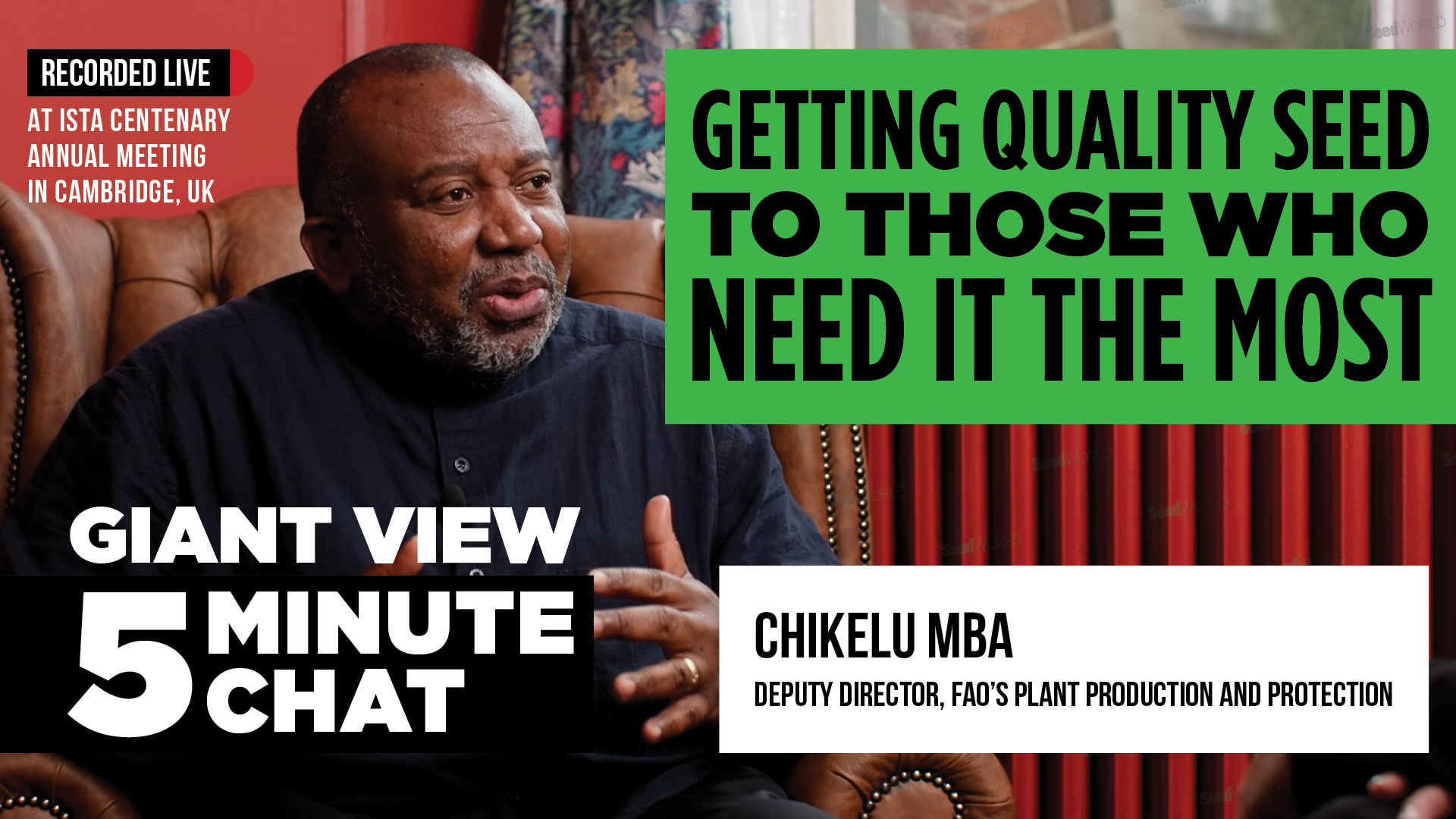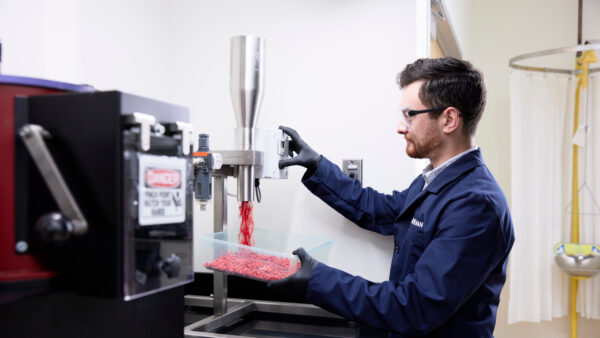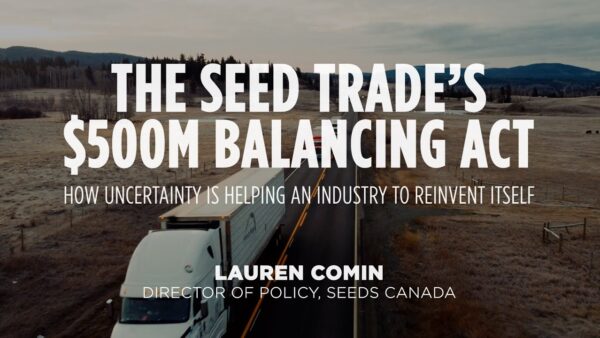In 2016, the United Nations committed to 17 sustainable development goals, including the huge task of ending world hunger by 2030. It’s a daunting goal, especially given the big hurdles of a changing climate and conflict in key growing regions. With just seven harvests to go before the targeted completion date, is the goal achievable?
Seed World was honored to sit down with Chikelu Mba, the Deputy Director of NSP, the UN Food and Agriculture Organization’s Plant Production and Protection Division, to talk about the critical role quality seed plays in ending hunger. That conversation is included in the video link below.
As Mba explained, “As things stand now, one out of every 10 persons abide the scourge of hunger and malnutrition in the world. If you are thinking the statistics are so dire, I will shock you even more. In sub-Saharan Africa, it is almost one out every four persons who goes to bed hungry every day.”
Seed is the first step to filling hungry bellies. As Mba said, “There are no good crops without good seeds.” But, figuring out how to get quality seed into the hands of all who need it, especially the smallholder, often subsistence farmers in many of the poorest regions of the world, is incredibly challenging.
Mba highlighted that stark reality in Sub-Saharan Africa, where less than 10% of seeds used by farmers undergo quality assurance. This lack of quality seeds exacerbates food insecurity and malnutrition. As he said, “If the seeds are not germinating, nothing else matters.”
FAO is working to support farmers’ access to quality seeds through two main pathways: normative mechanisms and direct interventions. The former involves bringing key stakeholders together to agree on common policies, standards, and regulations, while the latter focuses on strengthening institutional and human capacities.
Mba underscored the necessity of international collaboration as a whole, including supporting the kind of international mechanisms for common seed quality standards and protocols made possible through the International Seed Testing Association.
“It is absolutely important that we all speak the same language; that there is a common playing ground,” he said, both within individual countries and to facilitate the exchange of seed between countries.
“These efforts are crucial to providing farmers with the most suitable crop varieties for their production systems,” he added.
Admittedly, progress towards ending world hunger has been slower than hoped, Mba said. However, he remains confident that achieving universal food security and ending malnutrition is possible with the right changes.
“Change is necessary, but change is possible,” he said.
These changes include shifting from an input-intensive agri-food system to a knowledge-intensive one, harnessing the genetic potential of crops, and protecting them from pests and diseases.
“The path to abolishing hunger involves adopting innovative, environmentally friendly agricultural practices and leveraging vast knowledge and innovations,” he said.
Specifically, Mba said a food secure future depends on “better crops and varieties [that] harness the genetic potentials that are bred into the genetic blueprint of our crops, growing them in good ways that don’t hurt the environment, don’t hurt our health, and then protecting the crops against pests and diseases using the vast amount of knowledge and innovations that are available to us while we continue to develop even more.”
As he said, “Business as usual is not an option.”










